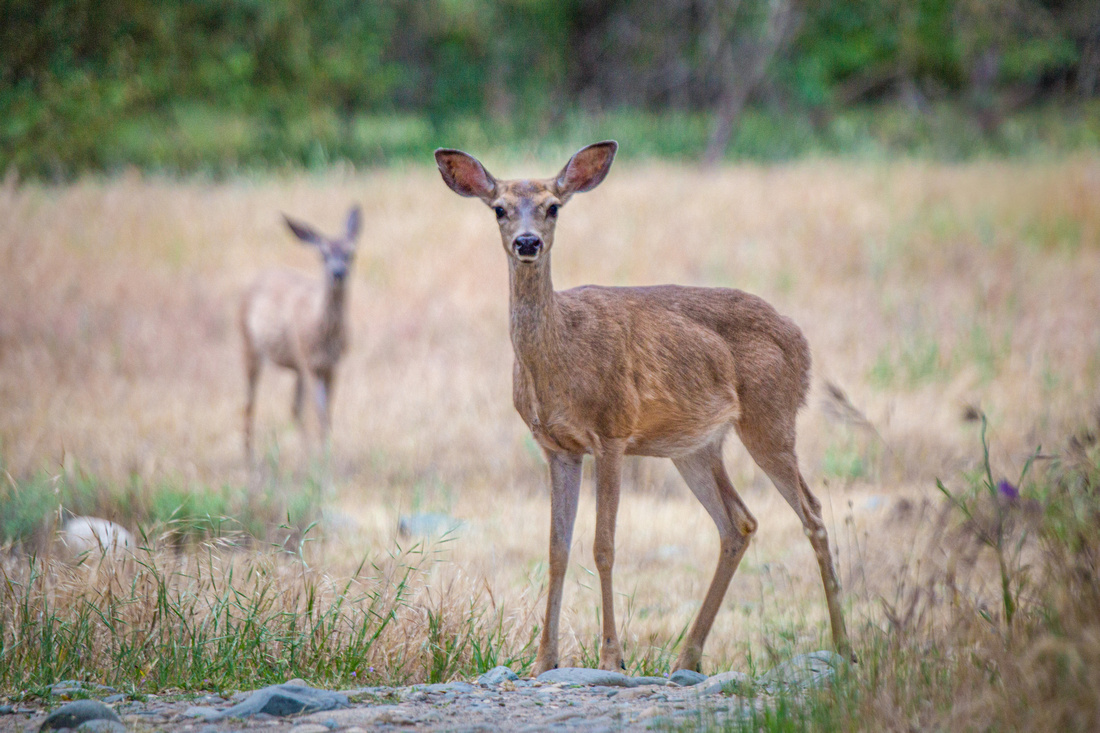Perfect pairs in nature
Twice as Nice: Perfect Pairs In Nature
Text and photos by Heather Cline


Sometimes when I am out taking photos, I feel fortunate to see even one of a particular species, but when I see two - well - that's a double gift! This article is a simple celebration of all the "twos" we see in nature. I hope you enjoy.
Pigeons
Pigeons form monogamous pairs that mate for life, which means that once they select their partner, the two form a strong bond and stay together for the entire course of their life until one of them dies. In general, even long distances between the two mates also do not tend to affect their relationship.


Lions
Male lions in Southern Africa typically live in coalitions. In the southern African region, south of the Zambezi River, the average coalition size is around two males. Actual coalition sizes can vary from two males to seven males. These coalitions are normally made up of lions that are brothers, and often half-brothers, and cousins. They usually have their beginnings when these males are all still cubs, living in their natal pride. It has been recorded though that unrelated males may join up and form coalitions later in their lives.


Yellow-billed Oxpecker and Giraffe
The Yellow-billed Oxpecker is a perching bird with feet that are built for grasping the thick hide of the giraffe, allowing it to ride and eat while the giraffe is in motion. This bird has long been thought to remove ticks from its hosts, to the benefit of both—the bird eats the ticks, and the giraffe is relieved of blood-sucking, disease-carrying parasites.


Sunflower and bees
Bees and flowering plants have a mutualistic relationship where both species benefit. Flowers provide bees with nectar and pollen, which worker bees collect to feed their entire colonies. Bees provide flowers with the means to reproduce, by spreading pollen from flower to flower in a process called pollination. The success of sunflower as a crop for seeds and oil depends totally on bees.


Sandhill Cranes
Sandhill cranes mate for life and attract their partner via a courtship dance with moves like jumping into the air, bobbing their heads and stretching their wings to span up to 7 feet. When they form a pair bond, it can last for years, until one of the cranes dies. After a mate passes away, the surviving crane will seek out a new mate. In the early spring, as sandhill cranes are migrating to their breeding grounds, single cranes will start pairing up.


Wood Ducks
All waterfowl are essentially monogamous, meaning one female will pair with only one male. Geese, swans, and whistling ducks are classic examples of species that form lifelong pair bonds known as perennial monogamy, while most species of ducks form pair bonds that last only four to eight months, often with a new mate each year known as seasonal monogamy.


Sea Otters
A newborn otter pup needs constant attention and will stay with its mother for six months until it develops survival skills. Pups are born with a thick coat of baby fur and are so buoyant they cannot immediately dive for food. The mother carries the pup on its chest for the first two months, where it is constantly groomed and protected from the cold water. When diving for food, the female leaves her pup floating in the water, often times wrapping kelp fronds around the pup to keep it from floating away. The mother-pup bond is strong. Mothers have have been known to carry their pup for several days after the pup’s death.


Mushrooms
Did you know mushrooms talk to each other? When most of us think of fungus, we imagine mushrooms sprouting out of the ground. Those mushrooms are in fact the “fruit” of the fungus, while the majority of the fungal organism lives in the soil interwoven with tree roots as a vast network of mycelium. Mycelium are incredibly tiny “threads” of the greater fungal organism that wrap around or bore into tree roots. Taken together, mycelium composes what’s called a “mycorrhizal network,” which connects individual plants together to transfer water, nitrogen, carbon and other minerals.


Flamingos
According to a five-year study by University of Exeter, flamingos form loyal friendships that endure for many years. Although flamingos are notoriously social and like belonging to a flock, the study found that male and female flamingos also choose to spend one-on-one time with a "best friend." The same "BFF" flamingo friendships that were present when this study began in 2012 were still going strong when the study ended in 2016.


I hope you enjoyed this celebration of twos and have an opportunity to see some pairs in nature this summer.